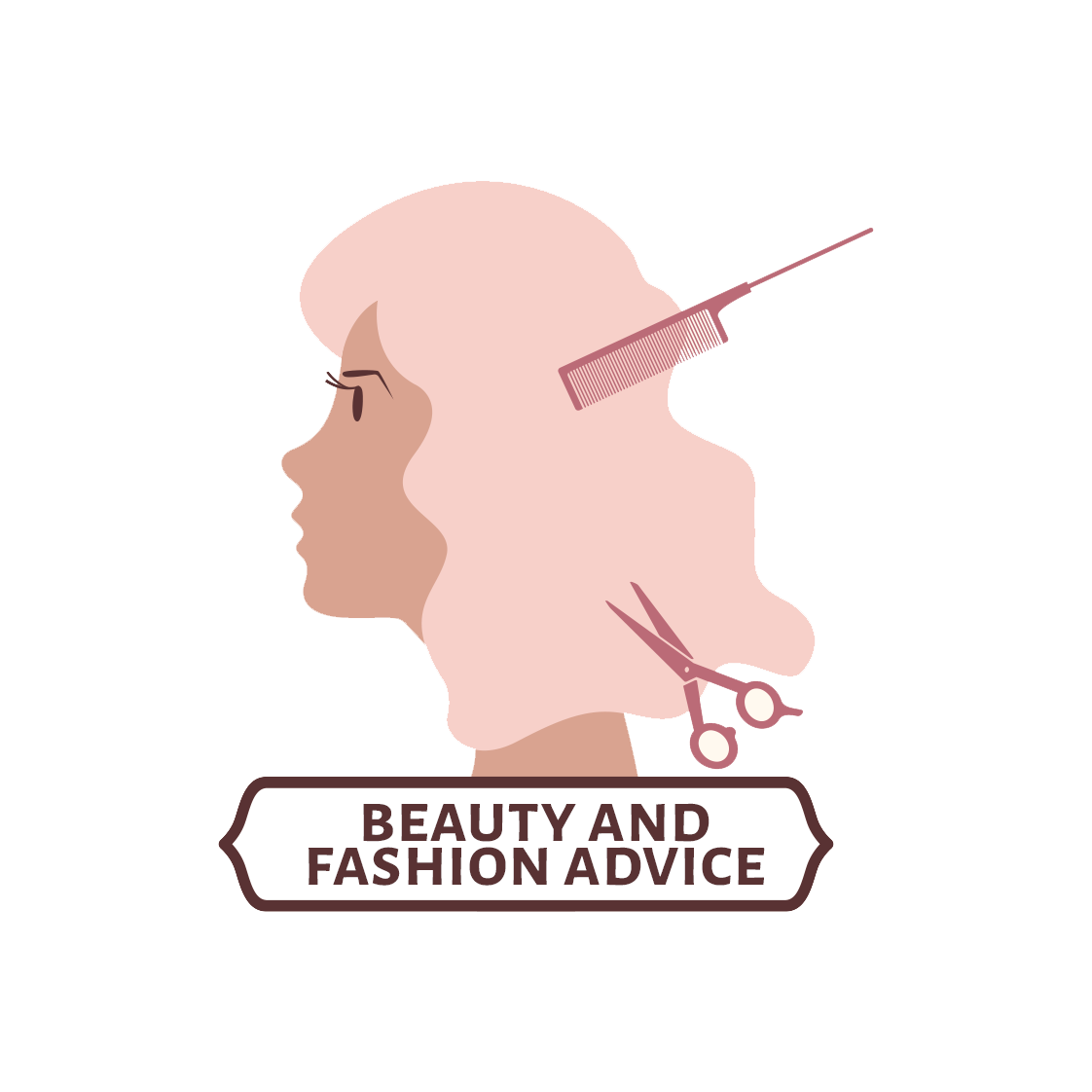Ultra-processed food. You’re probably sick of hearing the phrase. You’ve probably started tuning it out, along with words like “microbiome” and “anti-inflammatory.” What do you mean by “ultra-processed food”? You might have thought a few times (or maybe that was just me, last week.) Isn’t every food item processed? Why does it matter to what degree, or how many times—a sandwich is still a sandwich, am I right girls??
I was like you once (again, last week). But then I started taking a closer look at this buzzword, and realized that maybe I was missing something. Ultra-processed foods, or UPFs—account for around 57% of all calories consumed in many countries, more so among children and less affluent populations, which have been linked to all manner of diseases and adverse health outcomes, from dementia to cancer to depression and type 2 diabetes. And yet, we’re gobbling them up like Pacman. All of this “food” that I thought I was eating, was actually, lo and behold, eating me. There was only one thing for it: I was going to cut out UPFs for a week, and see if anything changed.
But first: what is a UPF and why are they so bad? The definition is a little blurry, but Dr. Chris van Tulleken, author of Ultra-Processed People, says this: “If it’s wrapped in plastic and has at least one ingredient that you wouldn’t usually find in a standard home kitchen, it’s UPF.” In other words, if there’s an ingredient that you don’t recognize as “normal” food, then it’s probably what Tulleken calls an “industrially-produced edible substance” (think additives, emulsifiers, and modified starches). And why are these unhealthy? Well, we don’t fully know yet, but the idea is that human bodies probably aren’t built for consuming industrial chemical additives en masse. All very interesting, of course, but what does this mean in practical terms? Now, onto the experiment…
Days one to three
You’d think that cutting out UPFs would be easy. All you have to do is not eat loads of gummy bears and American cheese. Hardly difficult for a health-conscious woman such as myself. Oh, how wrong I was. The first three days were particularly hard. No sliced bread or oatmeal. No packaged sandwiches from the bodega on my lunch break or chocolate rice cakes for that afternoon kick. At one point, a colleague offered me the remnants of her iced bun and I looked at her as if she was trying to murder me. Which, in a roundabout way, she was.
A strange thing happens when you give up UPFs, which is that you also incidentally cut out a lot of sugar. I’d usually have a cookie in the evening while watching The Hills, or grab a Coke for a midday caffeine hit. Without as much sugar, I became desperate for it, spooning great globules of honey in my herbal tea (honey is processed, just not ultra-processed) and mainlining bananas as if they were an addictive drug. “Please, can I have one of your chewy vitamin supplements?” I asked my grandmother over the weekend, who snatched them away because they contain something called “sodium citrate” and also “carnauba wax,” which is also used for polishing shoes.
Days three to five
My sugar cravings started to die down around day three (not because I wasn’t eating sugar, but because I discovered that dark chocolate wasn’t a UPF, and therefore could get my fix that way). If you’re interested in what else I was eating, it was mainly a lot of rice, vegetables, fish, meat, and sourdough bread. Lunches were tricky because it’s just not convenient to constantly bring packed lunches to work.















